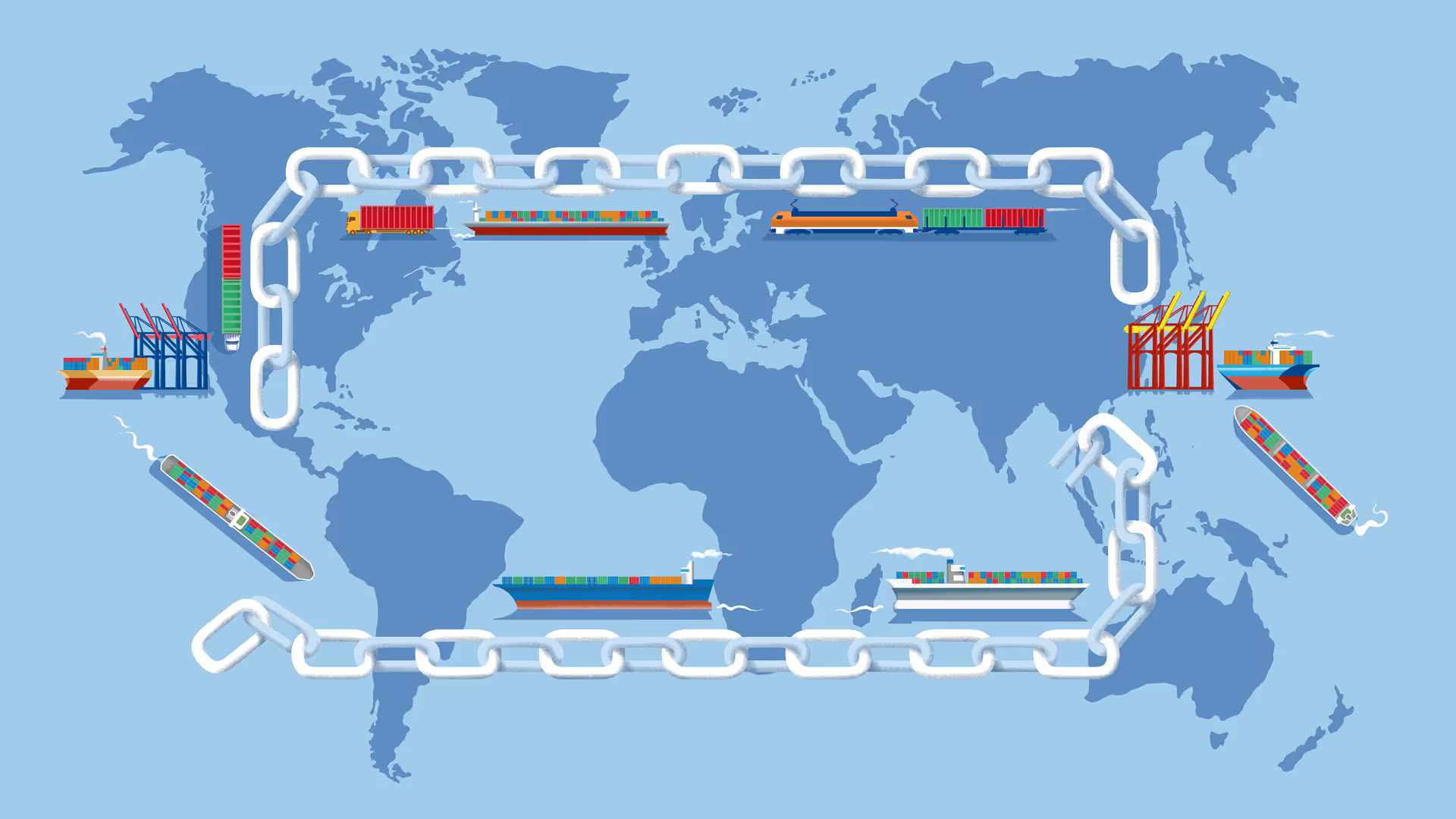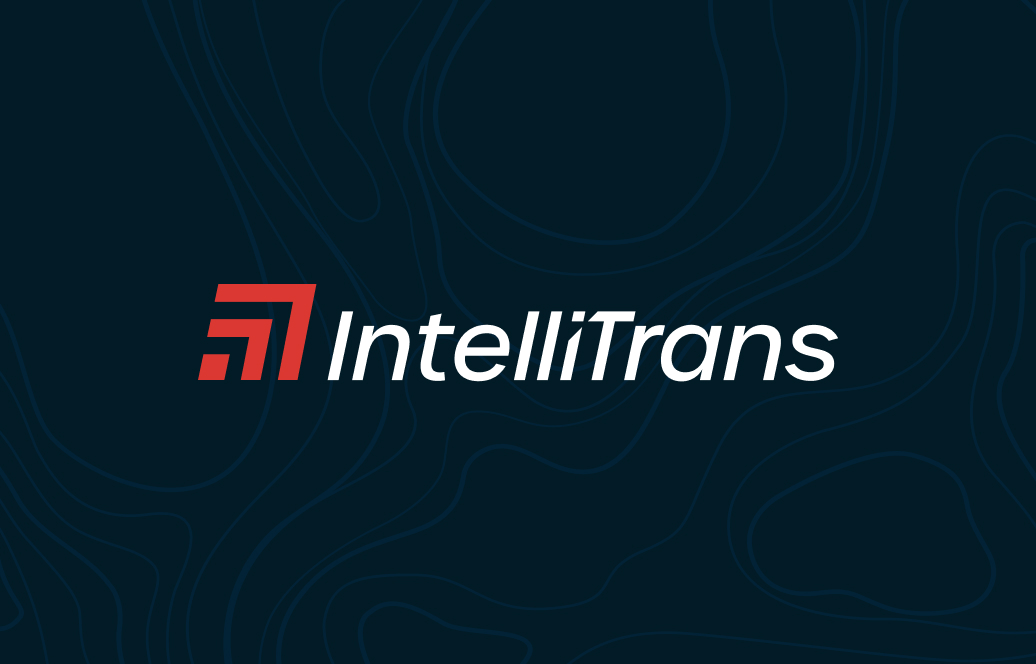

The driver shortage, capacity crunch, port congestion and freight price hikes followed shippers right into 2022 and haven’t shown any signs of letting up yet. And where there are certain “glints” of hope emerging in the marketplace, now that we’re in the fifth month of the year it does look as if this year is going to largely mimic 2021.The good news is that shippers and freight providers can take some of the “lessons learned” from the pandemic and continue to apply them in the current environment. The not-so-good news is that they may have to continue doing so at least for the next few months, and possibly for the rest of the year.Some of this can be attributed to the many geopolitical events taking place and the ongoing Covid lockdowns in prominent Chinese port cities. “While dominant goods logistics is expected to enter a phase of moderation after a strong rebound driven by the shift to goods consumption,” ING points out in Transport and logistics sector enters new phase of recovery – but there are headwinds, “passenger transportation is expected to take over with a significantly stronger recovery from last year’s pandemic lows.”Steps to Take NowSupply chain resilience is top of mind for most companies right now as shippers seek out new ways to reduce supply risks and increase reliability. “Efficiency and lowering cost are no longer the leading focus,” ING points out, “with damages following production interruptions and workarounds and this could impact transport.”To offset these issues, ING says companies are:
And while the pandemic hasn’t marked the end of globalization yet—with labor shortages and high energy prices making reshoring more expensive—ING says that despite higher trade costs, it doesn’t expect a rush in reshoring. Instead, companies are using more nearshoring, with a focus on diversification, to navigate the current supply chain challenges.In Forbes, Doft’s Sergey Zaturanov discusses the role that technology plays in helping both shippers and carriers successfully navigate the current supply chain and transportation challenges. Using autonomous tracking, for example, he says companies can leverage vehicles that can evaluate road conditions and improve fuel efficiency.Zaturanov says fleets should continue to prioritize fully automated software within real-time route optimization and supply chain planning. “Trucking companies that capitalize on data-driven route optimization software will see tremendous gains in knowledge and efficiency,” he writes. “By investing in new fleet add-ons, as well as driver safety and cleanliness, companies can raise their efficiency and profit rates while beginning to unclog the current supply chain mess.”Modernizing the Supply ChainMcKinsey & Co., says that global distribution issues and increasingly complex supply chains are forcing organizations to modernize their demand forecasting tools. “Companies have to modernize their supply chains,” the global consultancy states. “That was obvious even before congested ports and parts and labor shortages began to snarl supply chains at the start of the Covid-19 pandemic two years ago.”Using data analytics, artificial intelligence and machine learning, organizations can speed up their decision-making and fully leverage autonomous planning. “Modernizing can make supply chains more resilient and efficient,” according to McKinsey, who sees antiquated, legacy systems as a major roadblock for many companies right now. “Companies haven’t done themselves any favors by sticking to their manual systems and antiquated software.”For best results in any market conditions, shippers should assess their current technology infrastructures, identify the gaps and then explore the more modern, unified options available on the market right now.“It may feel daunting, but upgrading supply chain planning systems is doable with the right approach,” McKinsey states. “And the potential benefits are significant: better planning processes, systems that are a closer match for the company’s needs, and ultimately, a more efficient and resilient supply chain.”
.avif)
Technology for a More Efficient, Resilient Supply ChainIntelliTrans’ Global Control Tower provides high levels of supply chain transparency; aggregates, completes, and enhances data from a variety of sources; offers visibility into and execution of different aspects of the supply chain; and generates data-driven alerts and analytics that ask deeper questions and deliver meaningful insights.By leveraging tracking information, the Global Control Tower provides analytics that measures key performance indicators (KPIs) like fleet cycle time, origin/destination dwell time, lane and hauler performance, back orders, freight spend, load optimization, and more. With their rate, equipment, lease, tracking, and invoice data in a central repository that’s accessible 24/7, companies can position themselves for success in any market conditions.